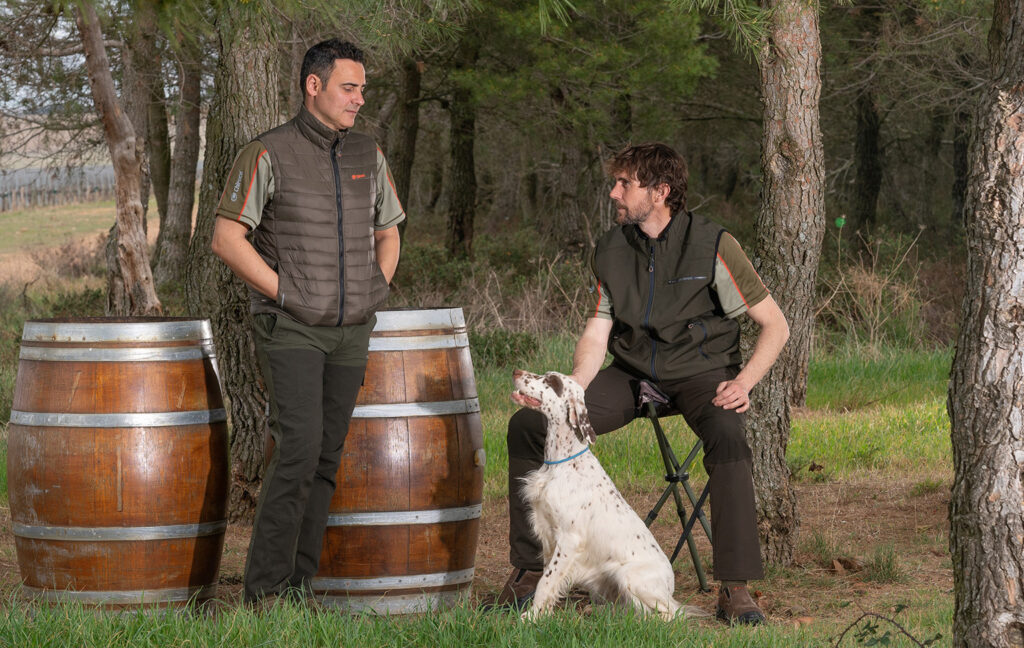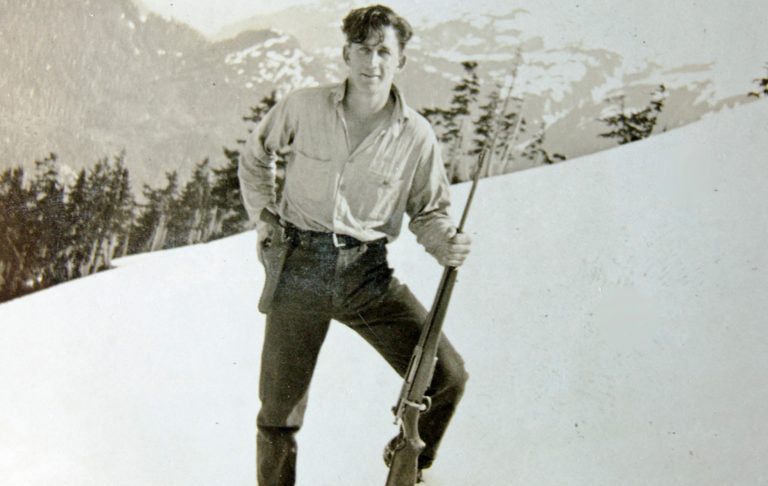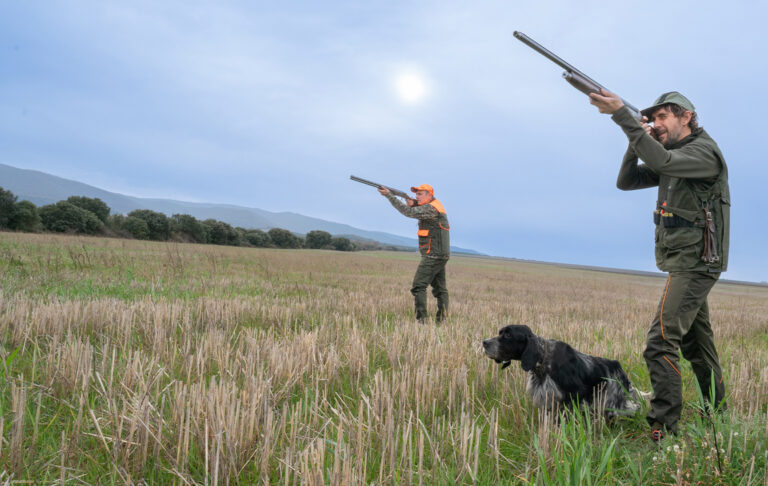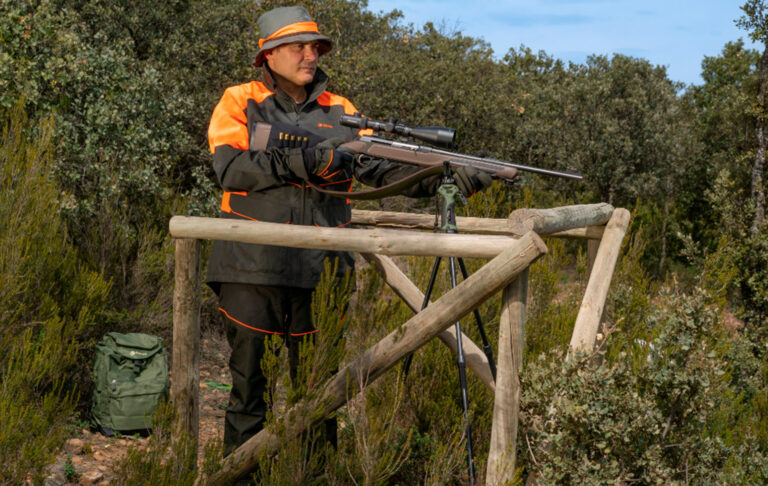Hunting is an activity that, in addition to skill and knowledge, requires the right equipment to ensure both the hunter’s safety and the success of the day.
From weapons to technical clothing, each item has a key role to play, and it is essential to select equipment according to the type of hunting, the terrain and the weather conditions.

In this article, we offer you a complete guide to the essential hunting equipment, covering weapons, clothing, footwear and accessories that no hunting trip should be without.
1. Weapons: The heart of the hunt
The gun is undoubtedly one of the most important elements in hunting. The choice of weapon depends on the type of hunting and the species being hunted. In Spain, the weapons most commonly used for hunting are shotguns and rifles, although the bow also has its place in specific modalities.
- Shotguns: These are ideal for small game, such as partridges, rabbits or birds. The hunting shotgun is usually a 12-gauge shotgun, and its effectiveness lies in the dispersion of the pellets, which makes it easier to reach moving prey. Within this type of weapon, you can find double-barrelled shotguns (superimposed or juxtaposed) or semi-automatics, each with its own advantages depending on the type of game and the terrain.
- Rifles: These are the weapon of choice for big game, such as deer, wild boar or mountain goats. Unlike shotguns, rifles have rifled barrels that allow bullets to be fired at greater distances and with great accuracy. Bolt-action rifles are the most common, but there are also semi-automatic rifles that offer a higher rate of fire. The choice of calibre will depend on the species being hunted, with the 30-06 and .270 Winchester being the most commonly used calibres for big game hunting in Spain.
- Bow: Although less common, bow hunting is a modality that has gained followers due to its technical and ethical challenge. It requires greater proximity to the prey and a high degree of skill. There are several types of bows, such as recurve bows, compound bows and longbows, each with particular characteristics depending on the type of hunting.
It is crucial to know and practice with the weapon of choice before going out hunting, not only for safety reasons, but also to ensure accurate aim and avoid unnecessary suffering of the prey.
2. Technical clothing: Protection and comfort in the field
Hunting clothing goes far beyond a simple aesthetic issue. The natural environment demands clothing that protects against the elements, is durable and comfortable for long days in the field.
- Waterproof and breathable jackets: It is essential to have a jacket that protects against rain and wind, but also allows breathability to prevent moisture accumulation on the body. The jacket should be durable and lightweight, so that it does not restrict the hunter’s movements.
- Thermal clothing: In cold areas or in winter hunting seasons, thermal clothing is key to maintaining body temperature. Base layers made of materials such as merino wool or polyester are recommended, as they offer an excellent insulation/breathability ratio.
- Reinforced trousers: The terrain can be rugged and, on many occasions, full of thick vegetation. Hunting trousers should therefore be tear and wear resistant, with reinforcements at the knees and in areas of high friction. They should also be waterproof and light, so as not to hinder movement.
- Breathable and quick-drying T-shirts: In hot conditions, a technical T-shirt that dries quickly and allows proper ventilation of the body is essential to maintain comfort and avoid sweat overload.
- Caps and hats: The head is one of the parts of the body that loses the most heat, so it is advisable to wear a thermal cap in winter and a light cap in summer, which protects from the sun without accumulating heat.
3. Footwear: Boots suitable for any terrain
Hunting boots are one of the most critical elements of a hunter’s equipment. Good boots ensure that the hunter can move comfortably for hours over rough terrain and in adverse weather conditions.
- Waterproof and breathable: As with clothing, boots must be waterproof to keep feet dry in rainy conditions or when crossing rivers and puddles. Materials such as Gore-Tex are recommended for their waterproofing and breathability, keeping feet dry inside and out.
- Support and stability: Hunting boots should offer good ankle support, especially in hilly or uneven terrain. It is essential that the hunter feels secure when walking on rocks, mud or snow.
- Sole with good grip: The sole of the boots should provide good grip on all types of surfaces, from wet ground to overgrown or rocky areas.
4. Key accessories for the hunter
In addition to weapons and clothing, there are several accessories that make hunting easier and improve both the hunter’s experience and safety.
- Binoculars: Binoculars are essential for spotting prey at a distance without being detected. They should be compact, lightweight and with a good magnification, preferably 8x or 10x, which will allow detailed observation without sacrificing stability.
- Technical backpacks: A good backpack is indispensable for carrying all the extra equipment. Hunting backpacks are designed to be comfortable and distribute the weight evenly. In addition, many have specific compartments for carrying weapons or ammunition.
- Hunting knives: A sharp knife is an essential tool, both for preparing prey once it has been caught and for carrying out tasks in the field.
- GPS and compass: In large hunting areas, orientation is essential. A GPS or compass can be the difference between finding your way back easily or getting lost in the terrain.
The right equipment not only improves the hunter’s efficiency, but also ensures a more comfortable and safer experience in the field. The selection of weapons, clothing, footwear and accessories should be made according to the type of hunting and the environment. With well-chosen equipment, the hunter will be able to meet any challenge that comes his way during the day.






